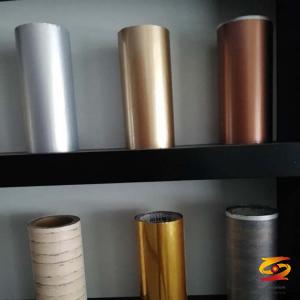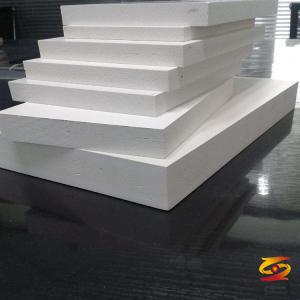Why do the meltblown fabrics you produce always fail to meet the 95 standard?
Why do the meltblown fabrics you produce always fail to meet the 95 standard?Recently, I received a lot of calls to consult PP raw materials, the machine is operating normally, and the melt-blown cloth produced by the professional inspection agency can not meet the 95 standard. Why can't it reach the 95 standard? Today I will give you the puzzle!
The melt-blown fabric does not look special, but the production process is very complicated. The production process can be summarized into three major links: first, naphtha is extracted from petroleum, then chemically processed into polypropylene, and finally melt-blown to make cloth Things, here mainly introduces the last link.
Selection of raw materials
Polypropylene (PP) is easy to form filaments, and in the case of high melt index (MFI≥1500g/10min), it can become quite fine fibers (diameter 2~3 μm). Although the gap of the melt-blown cloth produced is much larger than the size of the new coronavirus (about 0.1 μm), its ability to filter viruses in the environment is still very strong.
Because the virus cannot exist independently, its transmission route mainly includes secretions and droplets when sneezing, the size of the droplets is about 5 μm; the meltblown cloth is essentially a fiber filter, and the droplets containing the virus are close to the melt After spraying the cloth, it will also be attracted to the surface by static electricity and cannot penetrate.
Production Process
The spinneret diameter of the melt-blown process is much smaller than the spinneret holes used in the inner and outer layer spunbond fabrics because the fiber diameter of the meltblown fabric is only one tenth of that of the spunbond fabric. In order to achieve the required fineness, in addition to relying on the smaller spinneret holes, the melt fibers must be stretched by the high-speed hot air flow on both sides while the spinneret holes are extruded. In addition, the room temperature air on both sides is mixed with the hot flow Air can cool and solidify the thinned melt.
The ultrafine fibers that have been drawn and cooled and solidified are blown to the condensate screen under the action of the draft airflow. The lower part of the condensate screen has a vacuum suction device, which can adsorb the fibers on the condensate screen and use its own residual heat to stick to the net.
Finally, it is crucial to electret treatment. The emitter electrode on the spinning line can make the melt-blown molded fiber have a lasting static charge, so that the melt-blown cloth has an additional electrostatic adsorption effect without hindering breathing. The non-woven fabric produced by the melt-blown method has 35% filtration performance itself, and the filterability can be increased to 95% after electret treatment.
Factors affecting the quality of meltblown cloth
MFI of polymer raw materials
Meltblown cloth is the best barrier for masks. It is a very fine material. The interior is made up of many superfine fibers criss-crossed in random directions. Taking PP as an example, the higher the MFI, the finer the wire drawn during melt-blown processing, and the better the filtration performance.
Hot air jet angle
The hot air jet angle mainly affects the drawing effect and fiber morphology. The smaller angle will cause the fine flow to form parallel fiber bundles, resulting in poor uniformity of the nonwoven fabric. If the angle tends to 90°, a highly dispersed and turbulent air flow will be generated, which is conducive to the random distribution of fibers on the screen, and the resulting melt-blown cloth has good anisotropy.
Screw extrusion speed
Under the condition of constant temperature, the screw extrusion rate should be kept in a certain range: before a certain critical point, the faster the extrusion speed, the higher the quantitative amount of melt-blown cloth, the greater the strength; to exceed this critical value, the melt-blown cloth Instead, the strength decreases, especially when MFI>1000. It may be because the extrusion rate is too high, which leads to inadequate wire drawing and serious wire, so that the bonding fiber on the cloth surface is reduced, and the strength of the melt-blown cloth is reduced.
Hot air velocity
Under the same temperature, screw speed and receiving distance (DCD) and other conditions, the faster the hot air speed, the smaller the fiber diameter, the nonwoven fabric feels gradually softer, and the more fibers are entangled, resulting in a denser and smoother web. Strength increased.
Receive distance (DCD)
Too long acceptance distance will lead to a reduction in longitudinal and transverse strength and bending strength, and a non-woven fabric with a fluffy feel. In the melt-blowing process, filtration efficiency and filtration resistance will decrease.
Meltblown die head
Many of the spinneret mold materials on the market are not standard materials, and some low-end mold steels are used instead. There will be some micro-cracks that are invisible to the eyes during use. The hole diameter is rough and poor in accuracy. Without polishing, the machine is directly used. . As a result, the spinneret is uneven, the toughness is poor, the thickness of the spinneret is different, and it is easy to produce crystals.
If you want to know more about it please do not hesitate to
contact me. WhatsApp:+86-15966835076.









